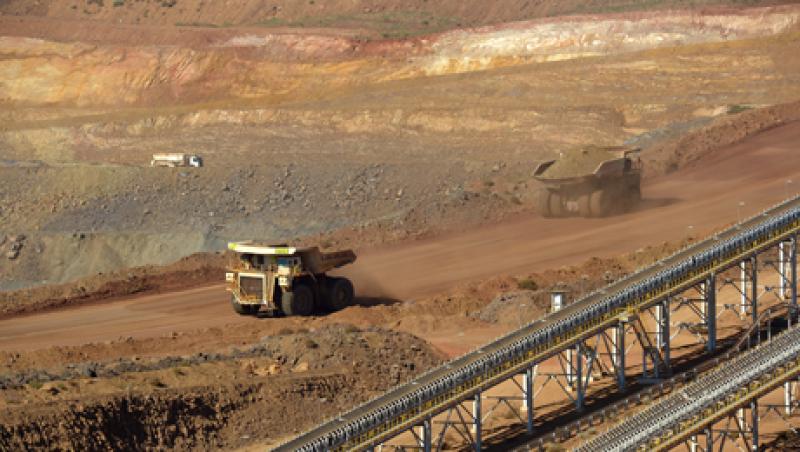
Western Australia's New Future Fund
It’s a bit of a slow day here in the land of giants, so I thought I’d tick off one of my “to dos” and go back and take a deeper look at what Western Australia is up to with it’s new “Future Fund”...
August 23, 2012


